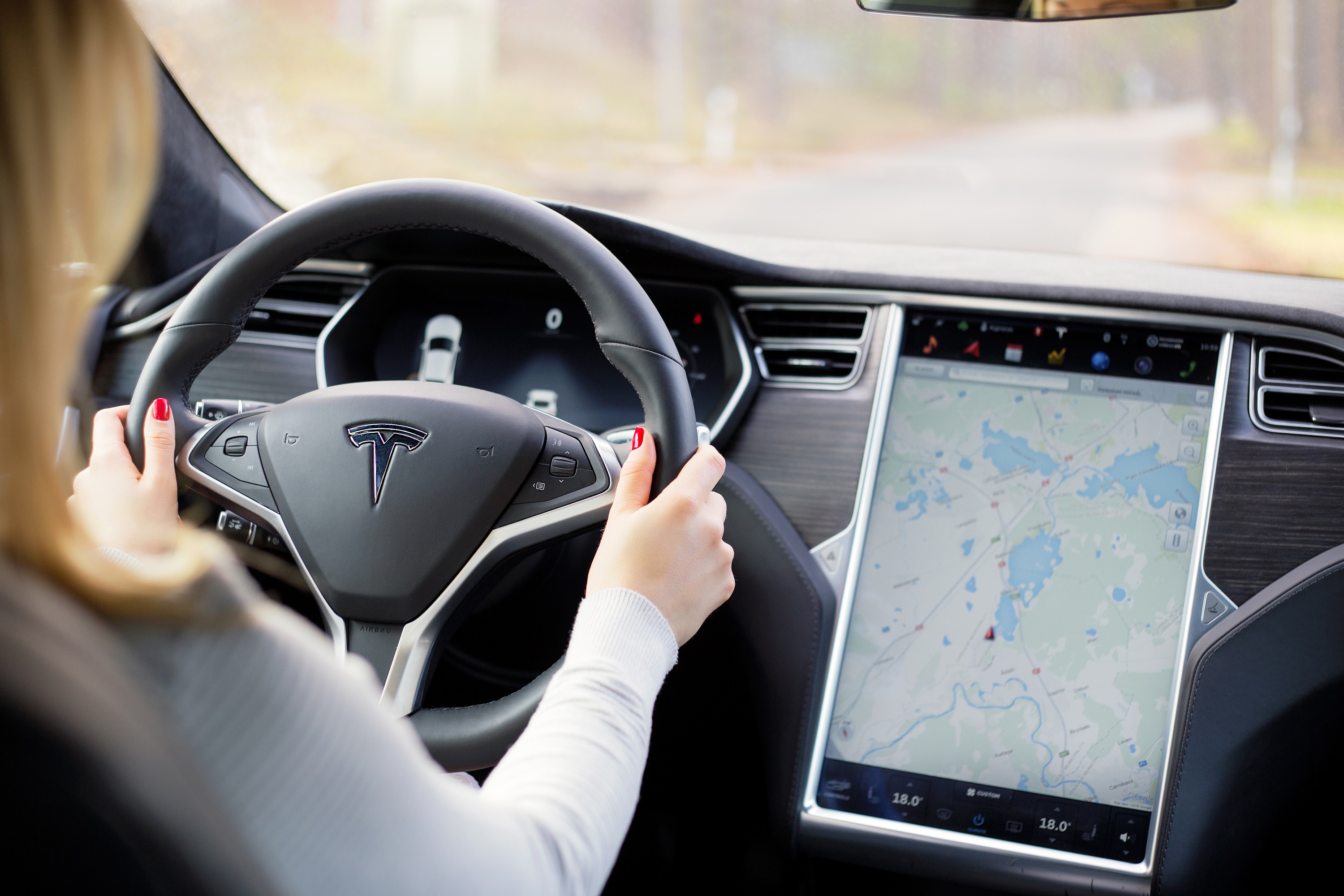Tesla warning: self-driving feature may ‘do the wrong thing at the worst time’

Tesla has finally released its Full Self-Driving update to eager fans only to caveat that it doesn't yet live up to what the name suggests.
According to Digital Trends, as noticed by YouTuber Tesla Raj, the release notes of the Full Self-Driving limited access update states it may "do the wrong thing at the worst time, so you must always keep your hands on the wheel and pay extra attention to the road. Do not become complacent." The strong language could be in response to stories of fatalities that have occurred in Tesla vehicles in the past, potentially due to inattentive drivers behind the wheel.
- Volkswagen ID.4 review
- Tesla Model S vs Tesla Model X: What's the difference?
- Plus: Tesla Model Y is coming back — but there’s a catch
The beta notes go on to state, "Use Full Self-Driving in limited Beta only if you will pay constant attention to the road, and be prepared to act immediately, especially around blind corners, crossing intersections, and in narrow driving situations."
It also seems that Tesla has upped its monitoring of drivers to ensure that they're paying attention. In the past, weight against the steering wheel was used as a measure of attentiveness. Now, the camera above the rearview mirror will be used to ensure drivers are engaged.
"The cabin camera above your rearview mirror can now determine driver inattentiveness and provide you with audible alerts, to remind you to keep your eyes on the road when Autopilot is engaged."
Release Notes pic.twitter.com/VOi9DX0QFTJuly 10, 2021
Tesla Autopilot vs Full Self-Driving
For those that don't follow Tesla updates as closely, there is a difference between Autopilot that exists on all Tesla's currently and the Full Self-Driving beta. According to Tesla's website, Autopilot is more of a driving assistant, one that can help make driving easier and more comfortable, but still requires the driver to be aware and present. It's best used on highway driving, where it's easy for the car to see lines on the road and vehicles ahead.
Full Self-Driving, on the other hand, aims to be far more autonomous and hands-off. This means a Tesla Model 3, for example, can enter a highway's on ramp, Autosteer, or change lanes when the driver activates the turn signal, navigate interchanges, parallel or perpendicular park, stop at all stop lights and stop signs.
Get instant access to breaking news, the hottest reviews, great deals and helpful tips.
But achieving Full Self-Driving is difficult, as roads, signs and other indicators were made for humans in mind, not machines. It's a somewhat obvious fact that was highlighted by Tesla founder Elon Musk in an overly verbose tweet back in April.
A major part of real-world AI has to be solved to make unsupervised, generalized full self-driving work, as the entire road system is designed for biological neural nets with optical imagersApril 29, 2021
Of course some, such as Senator Edward Markey (D-Mass.), have criticized Tesla for slapping the name Autopilot and Full Self-Driving on features that don't live up to their billing. The worry is that lesser informed drivers may assume that these features, by virtue of their name, are more capable than they actually are.
At the moment, the National Highway Traffic Safety Administration (NHTSA) is reviewing 23 Tesla crashes, 19 of which are believed to have used "some form of advanced driver assistance system was engaged at the time of the incident."
Even then, not everyone can easily get the Full Self-Driving update. It requires Tesla customers to sign up for the Early Access Program waitlist. Musk also confirmed, via Twitter, that while the recent beta update fixed some known issues, to "please be paranoid."
Running preproduction software is both work & fun. Beta list was in stasis, as we had many known issues to fix. Beta 9 addresses most known issues, but there will be unknown issues, so please be paranoid.Safety is always top priority at Tesla.July 9, 2021

Imad is currently Senior Google and Internet Culture reporter for CNET, but until recently was News Editor at Tom's Guide. Hailing from Texas, Imad started his journalism career in 2013 and has amassed bylines with the New York Times, the Washington Post, ESPN, Wired and Men's Health Magazine, among others. Outside of work, you can find him sitting blankly in front of a Word document trying desperately to write the first pages of a new book.
